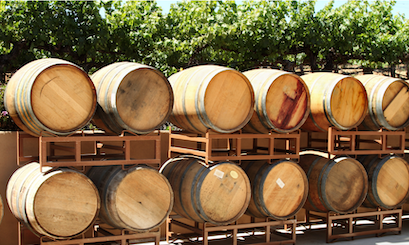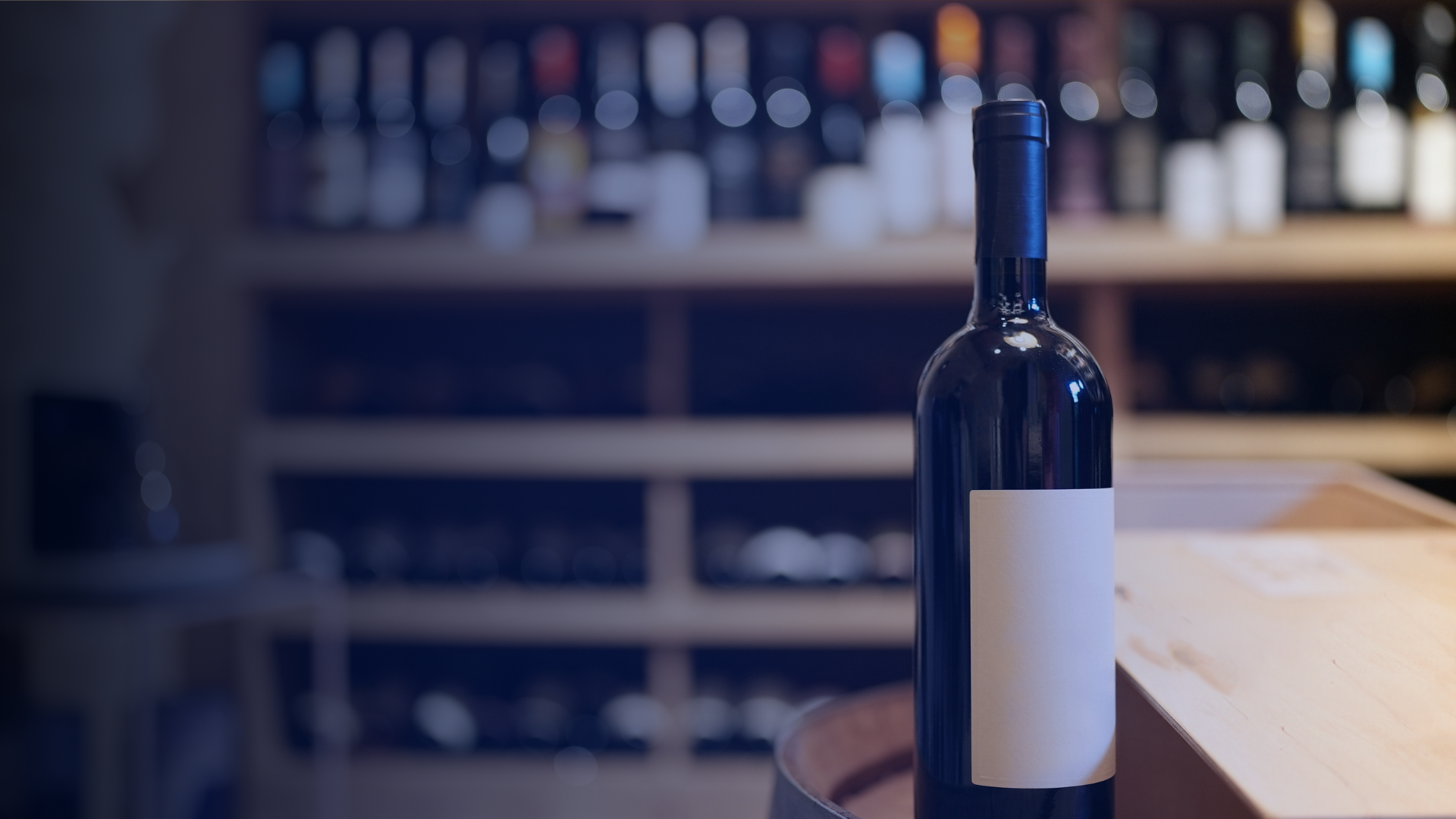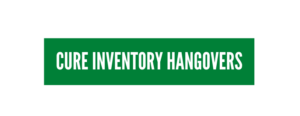 How To Build a Resilient Wine and Spirits Distribution Supply Chain:
How To Build a Resilient Wine and Spirits Distribution Supply Chain:
Teachable Moments from History-Making Inventory Disruption
Whether it’s a pandemic, a hurricane or a space invasion – and whether you dabble in wine and spirits or any other industry – one thing we can all agree on is that last spring knocked us all on our asses.
Day drinking blessed wine and spirits distribution businesses with bittersweet sales through the roof + soaring supply challenges, while distributors serving retail and restaurant customers suffered the opposite problem. On either end of the spectrum, it was the same rude awakening – demand and supply chaos, almost overnight.
The supply chain trends and best demand planning practices in this post were pulled together right in the trenches of utter chaos. Today we wanted to post this data because it presents some teachable moments for any distribution business as you prepare for the next big shock to your supply chain operations.
Take a look at some of the best practices our wine and spirits customers, who represent 6 of the 10 largest Wine & Spirits Distributors, are leveraging to handle the past year’s inventory challenges. Then contact us to learn how our resilience-built wine and spirits supply chain planning solutions can cure your inventory hangovers:
Wine and Spirits Distribution Supply Chain Trends
- The wine and spirits industry overall performance was up (Feb to March 2020) month-over-month from 84.0% to 85.1%
- This compares to a drop from 83.4% down to 81.8% in our total customer base in North America, Europe and Asia-Pacific
- Wine and Spirits is the only industry vertical with an overall improvement, compared to Durable Goods down 1.2%, Food and Beverage down 2.0%, Other down 2.5%, and worst performer Specialty Retail down 3.6%
CHALLENGE: Wild shifts in customer demand
- On-premise to off-premise
- Shift to ecommerce sales. Increased demand for subscription models like wine subscriptions from customers. Huge increase in demand for wine-of-the-month subscriptions at one customer that ships Direct to Consumer.
- Shift in demand up or down long-term. Example: high-end consumers don’t feel the economic impact, and will continue demand for high-end wine and spirits. Low-end is then same, maybe even up, for cost-conscious consumers. The shift is “in the middle” where consumers are more cost-conscious and moving to lower-tier products at lower price points.
- Evaluating scenarios for different unemployment levels, ranging from 4.5 million up to 22 million.
- Seeing overall increase in demand, not from day-drinking unemployed, but more people falling back on comfort and less on healthy habits overall. More comfort foods, maybe an extra glass of wine or beer. Seeing the same at food and beverage distribution and retail customers.
- “They’re buying chips, they’re buying more processed foods – things they could put in the microwave or the oven to heat up. Maybe people didn’t cook before. Maybe they went out all the time.”
- Concerned about not only customer demand shifts during shelter-in-place period, but which customers will potential be lost long term, i.e., never reopen. For example, large chains that were in a difficult financial position to begin with and now not planning to reopen, or only open key locations.
BEST PRACTICE: Use S&OP solutions to agree on consensus longer term demand by…
- Increasing aggregate demand on lower-priced product categories
- Decreasing aggregate demand on higher-priced product categories
- Shifting demand from on-premise customer aggregations to off-premise customer aggregations:
- Shift demand quickly to begin planning correct inventory levels before you strand inventory
- Improved demand sensing; for example, using retail Point of Sale (POS) data to react quickly to demand shifts
- Supplement with IRI or market data to show trading down and which categories will see a shift from middle-ground consumers to more price-sensitive categories
- Work with restaurant customers to understand their profitability; for example, the profitability of reopening with only one-half or one-third of tables occupied
- Monitor states that do reopen to model demand ramp-up when other states reopen gradually. Monitor restaurants in states that are reopening to understand demand ramp-up in different locations and restaurant types. For example, one Georgia chain is only opening a few stores per week before deciding to open others.
- Anticipating that as states reopen, less off-premise customer demand. Sad statement on “day drinking,” but suspect off-premise demand will fall off.
CHALLENGE: Anticipating demand ramp-up as states reopen
- On-premise demand dropped quickly as restaurants and bars closed. Now planning for state-by-state loosened stay-at-home orders and gradual reopening of our customers.
- Trying to determine how quickly sales will return, and how much lower steady-state demand will be.
- Biggest problem is beer, since perishable and precipitous (99% in some states) drop in demand.
- Distributors in repack mode, for example breaking down beer cases and multi-cases into smaller consumer-sellable units.
- “[Our customers are) probably making a cocktail with dinner or two or sitting down and having some wine while they’re watching NetFlix. If they don’t have to get up and go to work the next day and go back to the regular routine, maybe they’re day drinking.”
BEST PRACTICES:
- Consider both weekly and monthly demand planning
- If planning monthly, use weekly ramp-up to reflect monthly demand
- Use beer as an early indicator, since perishable. Restaurants will likely replace beer first.
- Seeing big impact on locations like Las Vegas.
- Tight integration with sales team as they see customer orders happening
- One customer example is a division in Georgia where only 2.5% of restaurants plan to reopen, even though the governor has announced statewide reopening.
- Biggest impact is kegs, where many thousands are expiring soon.
- Beer suppliers like Molson Coors are recommending 20% of normal weekly demand for forecasting purposes.
- Much more manual “art of forecasting” until customer demand reaches a stable-steady state, for example balancing actual customer demand vs. what a supplier projects.
CHALLENGE: Shifting forecasts in between past and future steady states
- Evaluating scenarios based on potential recession, certain customer categories becoming more price-sensitive
- Need to shift demand by product category similar to shifting demand by customer type.
- Other broad shifts in demand, informed by other customers. For example, a drop in driving usage at automotive aftermarket parts, or a drop in food and beverage demand for travel destinations.
- Assuming seasonality will not match with prior seasons. For example, wondering if Whiteclaw will see the same summer demand increase as the prior year.
- On-premise may shift product assortment and demand. For example, a customer had 30 active taps, but the beer inventory has expired. So may only open with 10 taps going forward, relying on more bottle sales going forward.
BEST PRACTICES:
- Mass Maintenance on-demand forecast increases (off-premise) and decreases (on-premise). For example, use activity codes by product type to reduce demand 90% for products sold in bars.
- Freeze the forecast
- Lead time forecasting, turn it off until supplier delivery stabilizes
- Public holiday calendars to manage supplier closure, pull orders forward to ensure inventory availability
- Change product status from active to manual to prevent alerts when supplier inventory is not available
- Use macro-economic scenarios to influence options and achieve consensus demand in S&OP processes
- Import a supplier sales forecast as a scenario when evaluating different sales options
- Evaluate time-series forecasts from the top down
- Evaluate consensus forecast first balanced with budget
- Drill to specific brands and chain stores
- Drill to specific SKUs
- Allow the statistical forecast to take over more forecasting over time as customer demand signals improve forecast accuracy and allow less manual intervention
- Use overall demand shifts and customer demand patterns form 2008/2009 recession for guidance
- Use price sensitivity analysis to determine which customers, products and brands are more or less price sensitive
- Use product groupings in Cost-of-Service analysis
CHALLENGE: Supplier constraints and collaboration
- Larger suppliers like Molson Coors, larger brands like Heineken and Sierra Nevada were not necessarily better at predicting ramp up.
- Long term, we may lose smaller vineyards and breweries in particular who rely on on-premise sales.
- Not interested in discussing promotional activity or rebates. Just interested in keeping off-premise stocked to ensure no lost sales. No new-product introductions, just maintain inventory to address demand.
- Have introduced easier ways for customers to buy. For example, small price breaks at smaller volume purchases, lower quantity discounts.
- Managing fragile relationships, particularly where DSD restocking was deemed risky.
- “They (retailers) feel like we’ve left them high and dry. We pulled out of the stores. We pulled our people out of the stores on March 15th or 16th, 2020
- No perceived supplier constraints, but started in good inventory position. Only exception is traditionally inventory-constrained products and categories. For example Whiteclaw. In those cases, they had to allocate an inventory sales rep or territory. This is based on historical purchase volume history. The exception would be new customers they are trying to get.
- Watching summer demand closely for hard seltzers and beer.
CHALLENGE: Operations outside the warehouse
- In warehouse: have things established – procedures, temperatures, automation.
- In office: how to manage a return to the office. Shared elevators, meeting size, office proximity, cafeteria use, etc.
Hopefully understanding how these wine and spirits distribution customers handled their disruptive inventory challenges will help you be better prepared for the next one.
Need Help?
Blue Ridge works with some of the biggest names in wine and spirits distribution including United Distributors and Martignetti Companies. See what we do for them and what we can do for you. Learn more supply chain planning strategies for Wine and Spirits Distribution:
















